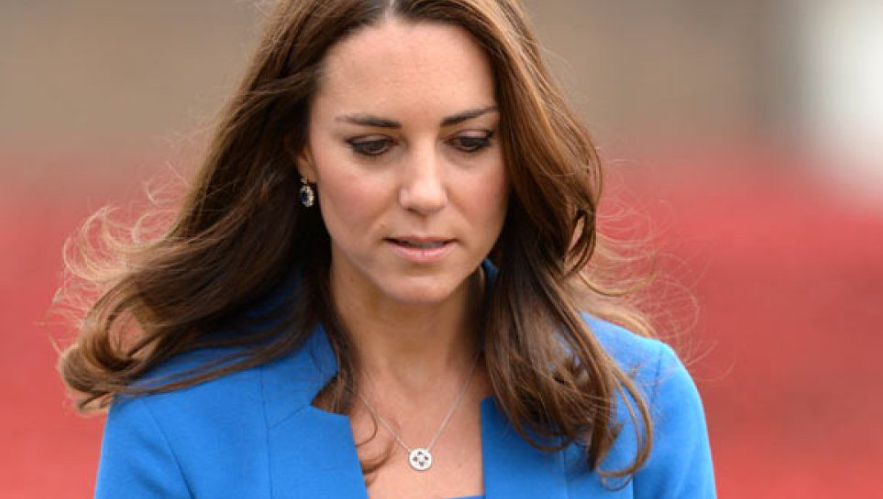The monopoly that Pfizer Inc., Merck & Co. Inc., Sanofi and GlaxoSmithKline plc (GSK) have on the vaccine market is unlikely to be broken, according to Jeffrey Holford, an equity analyst at global investment banking firm Jefferies.1 That market is projected to grow from $28.3 billion in 2015 to $72.5 billion in 2024.2
The four companies—Pfizer, Merck, Sanofi and GSK—dominated 86 percent of total vaccine revenue in 2015.3 More specifically, Pfizer had the largest market share with 23.4 percent, followed by Merck (22.4 percent), Sanofi (20.8 percent) and GSK (20.3 percent). Other companies in the top 10 accounted for less than 5 percent of the market.4
According to Holford, the biggest barriers for other companies to compete are long lead time and significant startup costs. From the beginning of production to market entry, vaccines can take anywhere from 10 to 26 months, with approximately 70 percent of the time carrying out quality control checks.
Some companies are trying to compete through new single-use, modular and disposable systems and technologies, which may lower the cost to enter the market, but a firm still needs the expertise and operating costs to keep up with the volumes needed to meet market demands.
“There are a large number of legacy vaccine products that large pharma companies still make using technologies that were really good in 1962,” according to PnuVax, Inc. chief executive officer Donald Gerson.
“All this means it’s unlikely that there will be any significant disruption to the current oligopoly in the foreseeable future, resulting in vaccine sales remaining highly durable,” Holford said.5
References:
1 Stanton D. Breaking the Big Four: vaccine oligopoly unlikely to be challenged, analyst. BioPharma Dec. 2, 2016.
2 La Vigne P. Global Vaccine Market Surging to More Than $70 Billion by 2024. The Vaccine Reaction Nov. 10, 2016.
3 See Footnote 1.
4 EvaluatePharma. World Preview 2016, Outlook to 2020. September 2016.
5 See Footnote 1.













